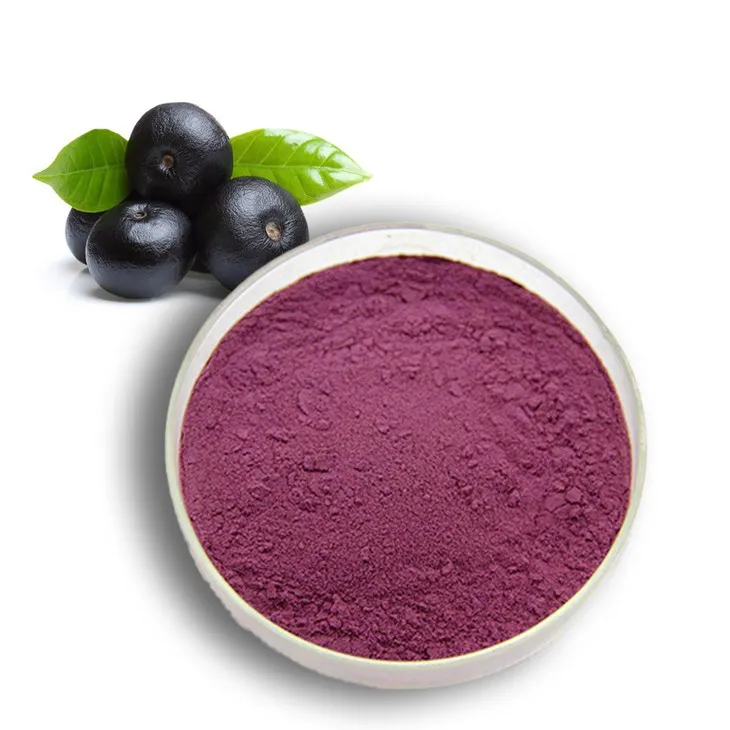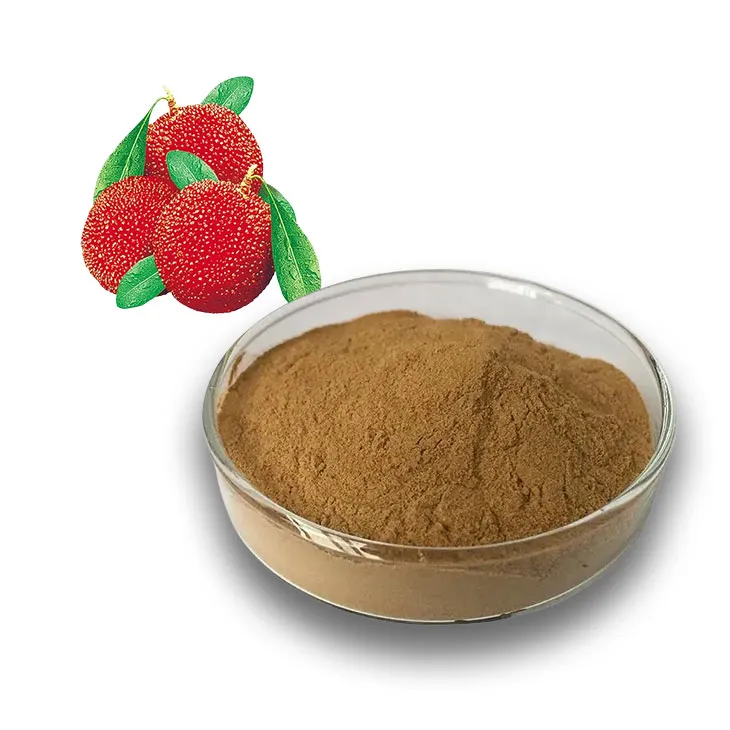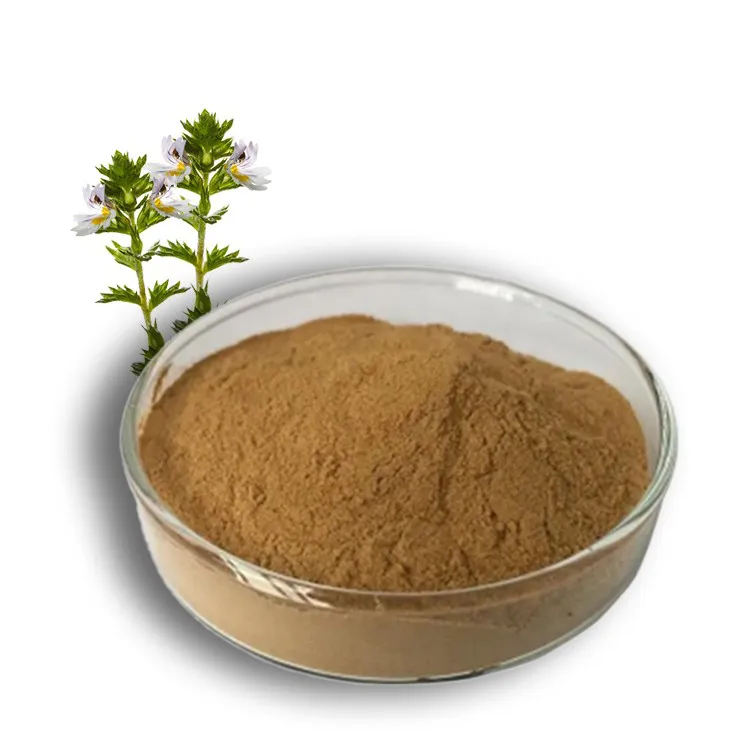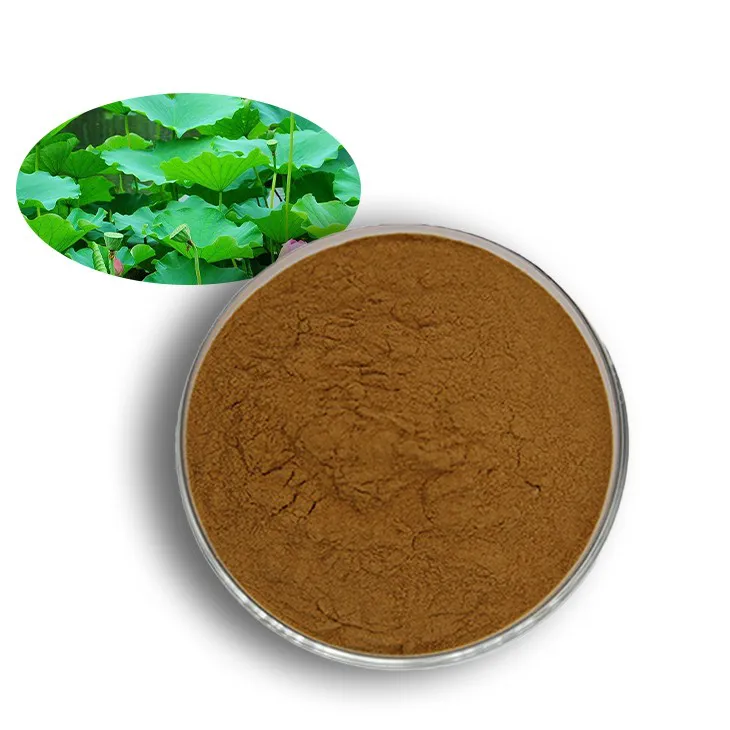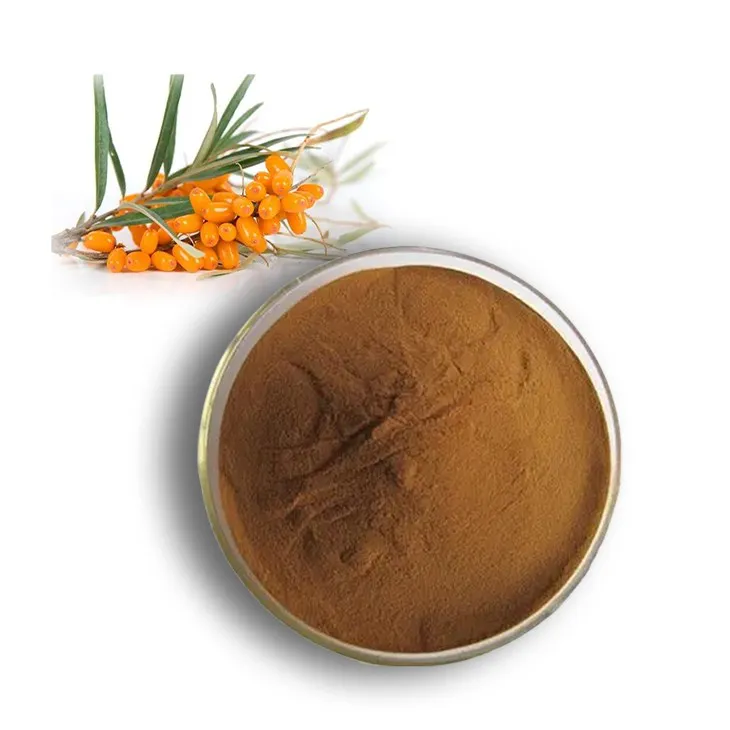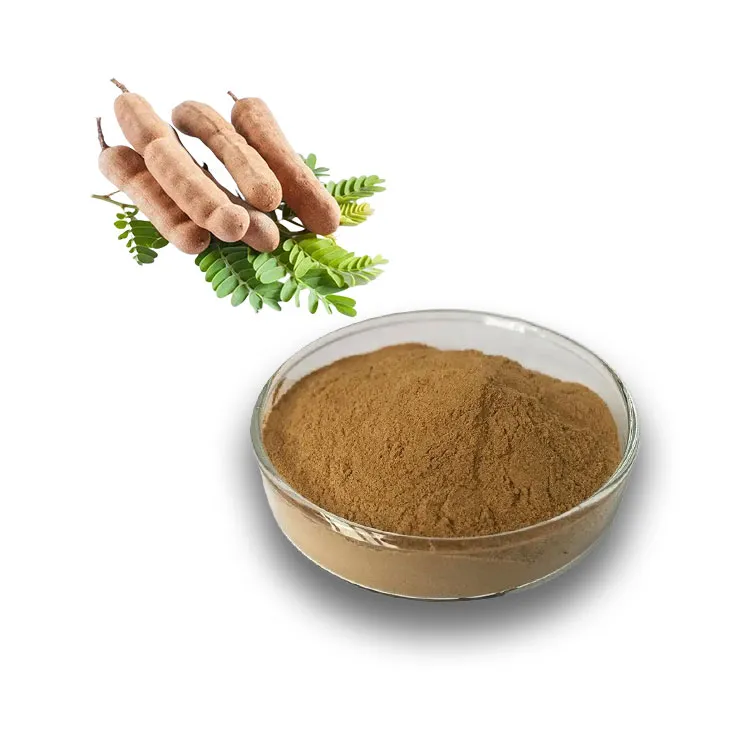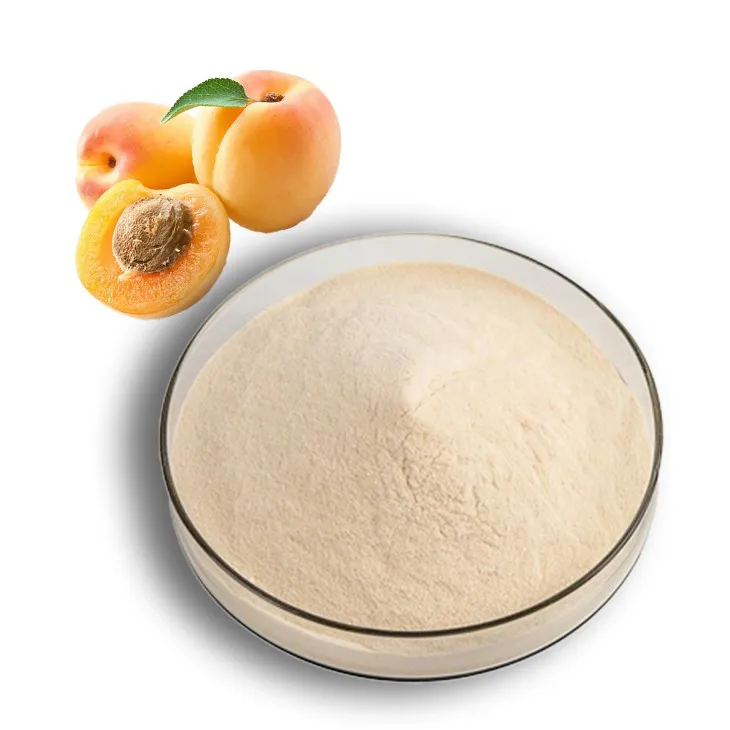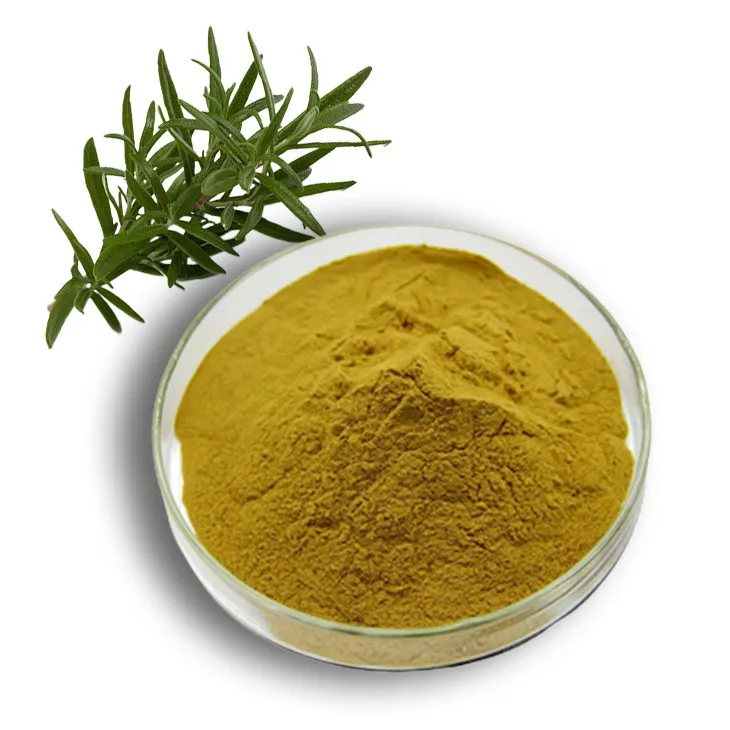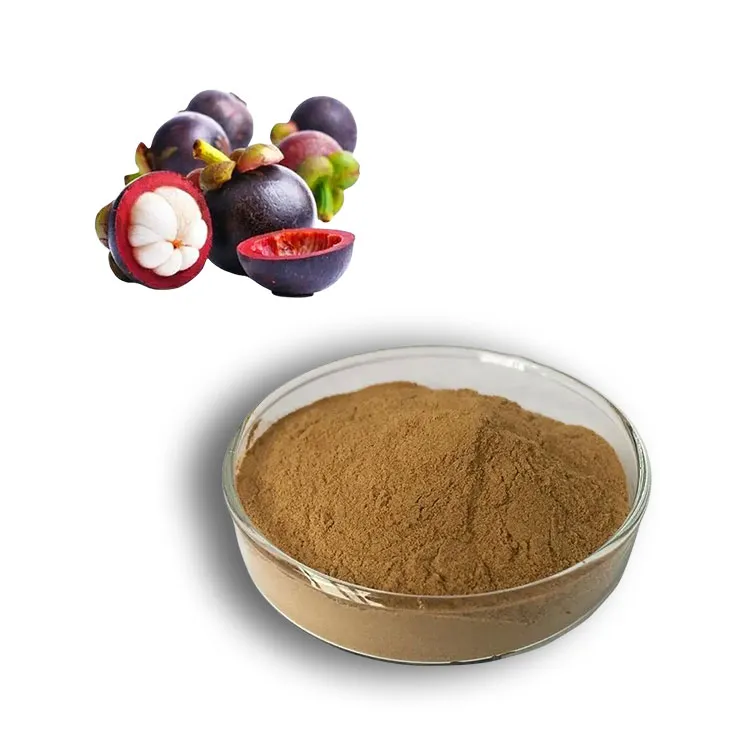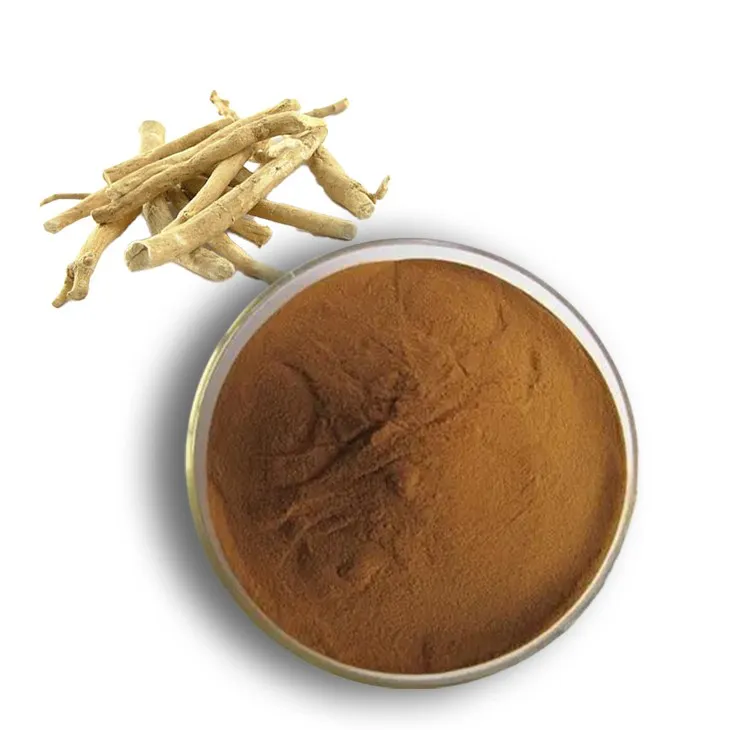- 0086-571-85302990
- sales@greenskybio.com
Balancing the Scale: Evaluating the Safety and Toxicity of Shikonin
2024-07-04
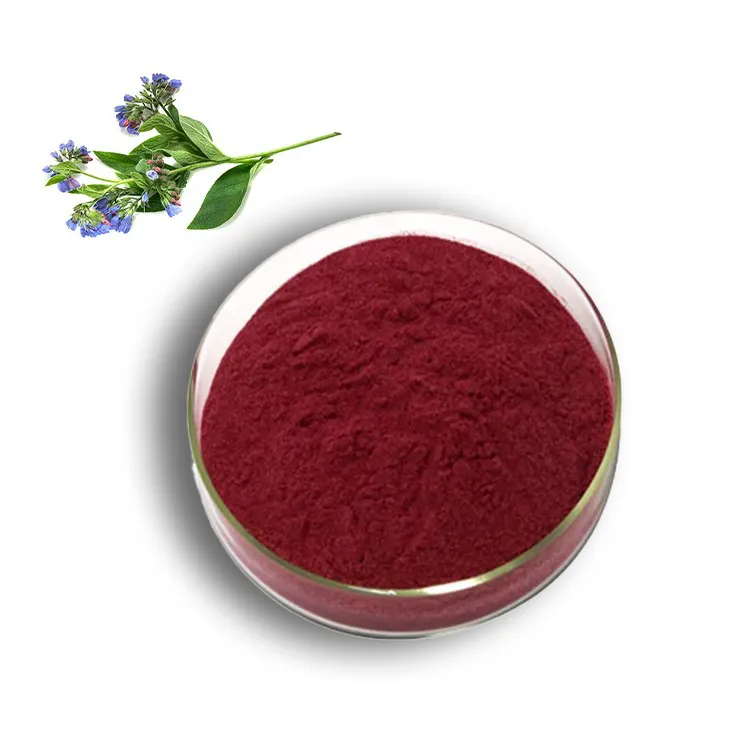
1. Introduction
Shikonin, a natural compound with a wide range of biological activities, has attracted significant attention in recent years. It is found in plants of the Boraginaceae family, particularly in the roots of Lithospermum erythrorhizon. Shikonin has shown potential in various fields, including medicine, cosmetics, and food. However, before its widespread application, a comprehensive understanding of its safety and toxicity is essential.
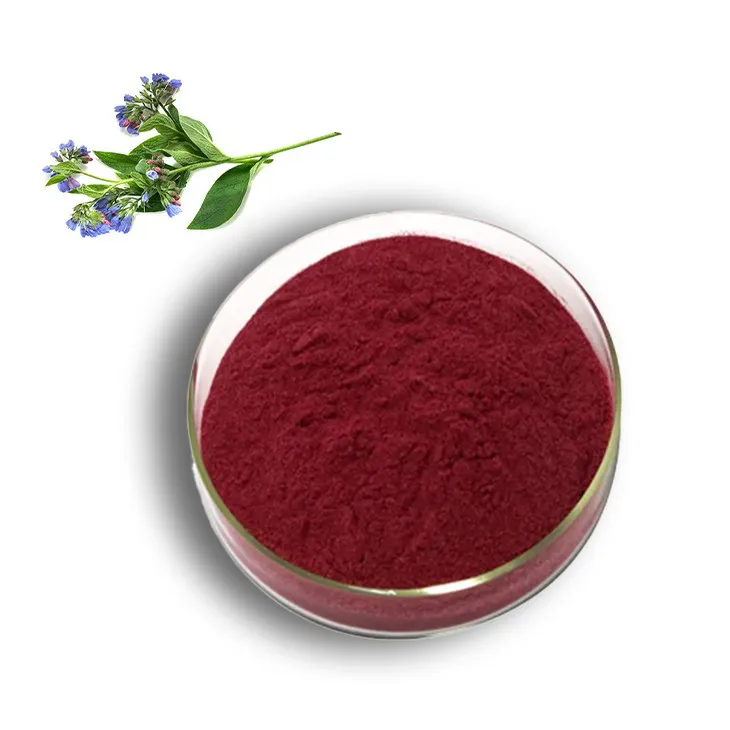
2. Cellular Level Interactions
2.1. Uptake Mechanisms
At the cellular level, understanding how Shikonin enters cells is crucial for evaluating its safety. Shikonin has been shown to enter cells through various mechanisms. For example, it may interact with specific membrane transporters or penetrate the lipid bilayer directly. The efficiency of uptake can vary depending on the cell type. Some cancer cells, for instance, may have a higher uptake rate of shikonin compared to normal cells. This differential uptake could potentially lead to selective toxicity towards cancer cells, which is an advantage in cancer treatment. However, it also raises concerns about possible off - target effects on normal cells with higher uptake capabilities.
2.2. Cellular Targets
Shikonin has been found to interact with multiple cellular targets. It can bind to proteins involved in cell signaling pathways. For example, it has been shown to inhibit the activity of certain kinases, which play important roles in cell growth, differentiation, and survival. By interfering with these kinases, shikonin can disrupt abnormal cell growth, such as in cancer cells. However, this also means that it may affect normal cell functions if the inhibition is not specific enough. Additionally, shikonin can also interact with cellular organelles. It has been reported to cause changes in mitochondrial function, which can lead to alterations in energy production and cell metabolism.
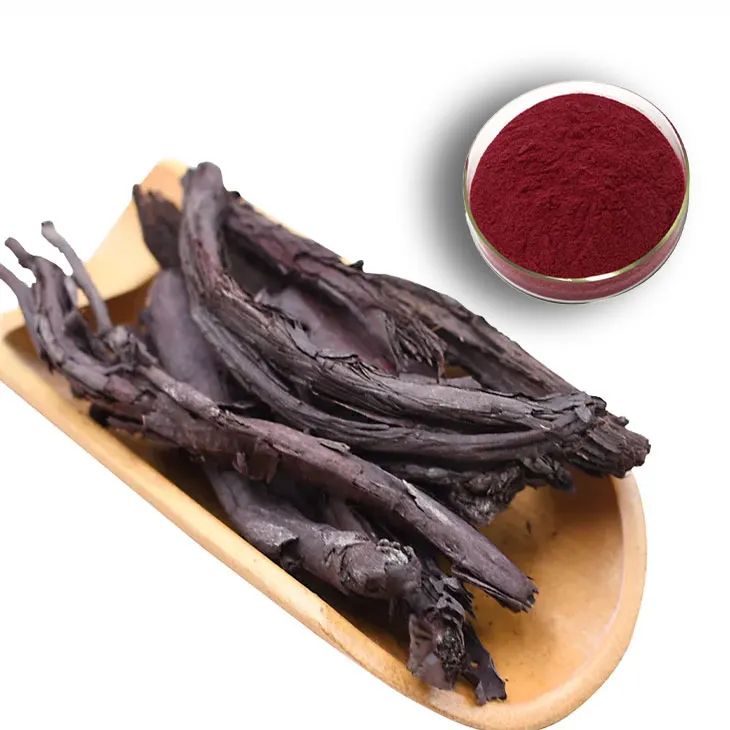
3. Toxicity in vitro
3.1. Cell Viability Assays
In vitro cell viability assays are commonly used to evaluate the toxicity of shikonin. These assays measure the ability of cells to survive in the presence of shikonin. One of the most widely used assays is the MTT assay. In this assay, cells are treated with different concentrations of shikonin, and the reduction of a yellow tetrazolium salt (MTT) to a purple formazan product by viable cells is measured. The results of such assays show that shikonin exhibits concentration - dependent cytotoxicity. At low concentrations, shikonin may have little or no effect on cell viability, while at higher concentrations, it can significantly reduce the number of viable cells.
3.2. Apoptosis Induction
Shikonin has been shown to induce apoptosis in various cell types. Apoptosis, or programmed cell death, is a normal physiological process that helps to maintain tissue homeostasis. However, excessive or inappropriate apoptosis can lead to tissue damage. Shikonin can activate the apoptotic pathway through multiple mechanisms. For example, it can upregulate the expression of pro - apoptotic proteins such as Bax and downregulate the anti - apoptotic protein Bcl - 2. This imbalance in the apoptotic regulatory proteins leads to the activation of caspases, which are proteases that execute the apoptotic process.
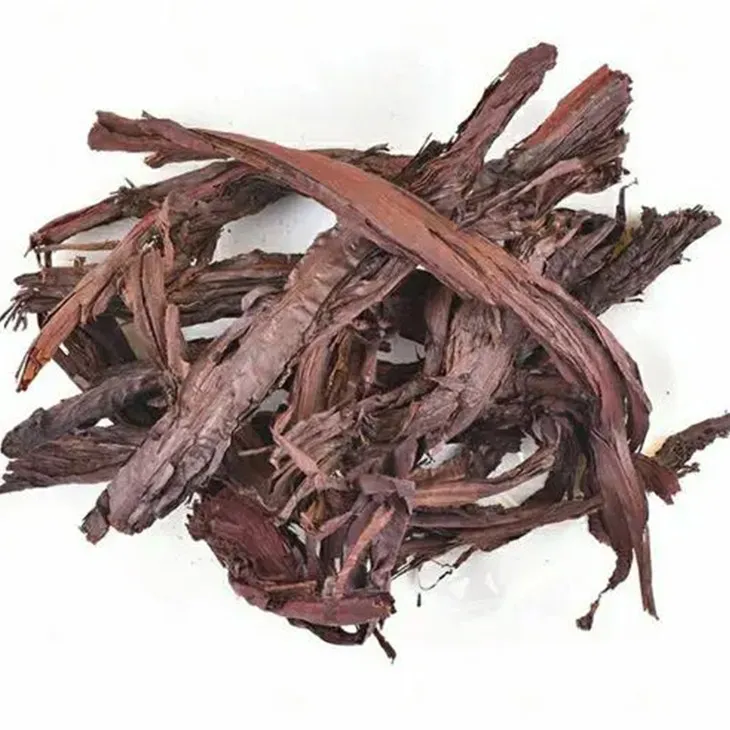
4. Toxicity in vivo
4.1. Animal Models
To evaluate the toxicity of shikonin in a more complex biological system, animal models are used. Rodents, such as mice and rats, are commonly employed in these studies. In these experiments, shikonin is administered to the animals at different doses, and various parameters are monitored. These parameters include general health status, body weight, organ function, and histological changes in tissues. For example, in some studies, administration of high - dose shikonin has been associated with liver toxicity in mice. There were observable changes in liver enzyme levels and histological evidence of liver damage, such as inflammation and necrosis.
4.2. Dose - Response Relationships
Understanding the dose - response relationships of shikonin in vivo is crucial for determining its safety. In general, as the dose of shikonin increases, the likelihood and severity of toxicity also increase. However, the specific dose - response relationship can vary depending on the species, route of administration, and the duration of exposure. For example, oral administration of shikonin may result in different toxicity profiles compared to intravenous administration. Moreover, chronic exposure to low - dose shikonin may have different effects compared to acute exposure to high - dose shikonin.
5. Factors Affecting Toxicity
5.1. Chemical Modifications
Chemical modifications of shikonin can significantly affect its toxicity. For example, the addition or substitution of certain functional groups on the shikonin molecule can alter its solubility, bioavailability, and interaction with cellular targets. Some derivatives of shikonin may have reduced toxicity while maintaining or even enhancing its biological activity. These modified forms of shikonin may be more suitable for therapeutic applications.
5.2. Formulations
The formulation of shikonin also plays a role in its toxicity. Shikonin can be formulated in different ways, such as nanoparticles, liposomes, or micelles. These formulations can affect its distribution in the body, its release rate, and its interaction with biological systems. For example, nanoparticle - formulated shikonin may have improved targeting to specific tissues, reducing its exposure to non - target tissues and potentially decreasing its toxicity.
6. Safety Margins
Determining the safety margins of shikonin is a complex task. It involves considering both its efficacy in the desired application and its potential toxicity. For example, in cancer treatment, the effective dose of shikonin that can inhibit tumor growth needs to be balanced with the dose that may cause unacceptable toxicity to normal tissues. The safety margin can be calculated as the ratio of the toxic dose to the effective dose. A large safety margin indicates that there is a wide range of doses where the compound can be effective without causing significant toxicity. However, in some cases, even a relatively small safety margin may be acceptable if the potential benefits outweigh the risks, such as in the treatment of life - threatening diseases.
7. Conclusions
In conclusion, the evaluation of the safety and toxicity of shikonin is a multi - faceted process. At the cellular level, its interactions with cells, including uptake mechanisms and cellular targets, play important roles in determining its toxicity. In vitro and in vivo studies have provided valuable information on its cytotoxicity and the induction of apoptosis, as well as its toxicity in animal models. Factors such as chemical modifications and formulations can significantly affect its toxicity profile. Determining the safety margins is crucial for its application in various fields. Overall, a comprehensive understanding of shikonin's safety and toxicity is necessary to fully realize its potential in medicine, cosmetics, and other industries while minimizing the risks associated with its use.
FAQ:
What are the main factors affecting the toxicity of shikonin?
The toxicity of shikonin can be affected by multiple factors. One important factor is the dosage. Higher doses are more likely to lead to toxic effects. Another factor is the route of administration. Different administration routes, such as oral, intravenous, or topical, may result in different levels of toxicity. Also, the biological system it interacts with plays a role. For example, the type of cells or tissues it comes into contact with can influence its toxic effects.
How is shikonin's safety margin determined?
The safety margin of shikonin is typically determined through a series of experiments. Firstly, in - vitro studies on cell lines are carried out to observe the concentration at which shikonin starts to show toxic effects on cells. Then, in - vivo studies in animals are conducted. Scientists monitor the animals' health and physiological responses at different doses of shikonin. By comparing the effective dose (the dose that shows the desired pharmacological effect) with the toxic dose (the dose that causes harm), the safety margin can be calculated.
What are the differences in shikonin's toxicity levels in different organisms?
Different organisms may have different susceptibilities to shikonin toxicity. For instance, some organisms may have more efficient detoxification mechanisms, which can reduce the toxicity of shikonin. In mammals, the liver and kidneys play important roles in metabolizing and excreting shikonin, and differences in the functionality of these organs among different species can lead to variations in toxicity levels. Additionally, the cell membrane composition and structure of different organisms can also affect how shikonin enters cells and exerts its toxic effects.
Can shikonin be safely used in medical applications?
While shikonin shows potential in various medical applications, its safety for use needs to be carefully evaluated. In some cases, at low and carefully controlled doses, shikonin has been shown to have beneficial pharmacological effects without significant toxicity. However, more research is still needed. The long - term effects and potential side - effects in different patient populations need to be thoroughly investigated to ensure its safe use in medical applications.
How does shikonin interact with biological systems?
Shikonin can interact with biological systems in multiple ways. It can interact with cell membranes, potentially disrupting their integrity or function. It may also interact with intracellular proteins, enzymes, or signaling pathways. For example, it could inhibit certain enzymes involved in cell growth or survival, or it could interfere with signaling pathways that regulate cell division or immune responses. These interactions are complex and are the subject of ongoing research.
Related literature
- Shikonin: A Review of Its Pharmacological Properties and Toxicological Profiles"
- "Investigating the Safety of Shikonin in Pre - clinical Models"
- "The Impact of Shikonin on Cellular Metabolism and Toxicity"
- ▶ Hesperidin
- ▶ Citrus Bioflavonoids
- ▶ Plant Extract
- ▶ lycopene
- ▶ Diosmin
- ▶ Grape seed extract
- ▶ Sea buckthorn Juice Powder
- ▶ Fruit Juice Powder
- ▶ Hops Extract
- ▶ Artichoke Extract
- ▶ Mushroom extract
- ▶ Astaxanthin
- ▶ Green Tea Extract
- ▶ Curcumin
- ▶ Horse Chestnut Extract
- ▶ Other Product
- ▶ Boswellia Serrata Extract
- ▶ Resveratrol
- ▶ Marigold Extract
- ▶ Grape Leaf Extract
- ▶ New Product
- ▶ Aminolevulinic acid
- ▶ Cranberry Extract
- ▶ Red Yeast Rice
- ▶ Red Wine Extract
-
Acai Berry Extract
2024-07-04
-
Bayberry Extract
2024-07-04
-
Eyebright Extract
2024-07-04
-
Lotus leaf extract
2024-07-04
-
Buckthorn bark extract
2024-07-04
-
Tamarind extract powder
2024-07-04
-
Apricot Powder
2024-07-04
-
Rosemary extract
2024-07-04
-
Mangosteen extract powder
2024-07-04
-
Withania Somnifera Extract
2024-07-04











